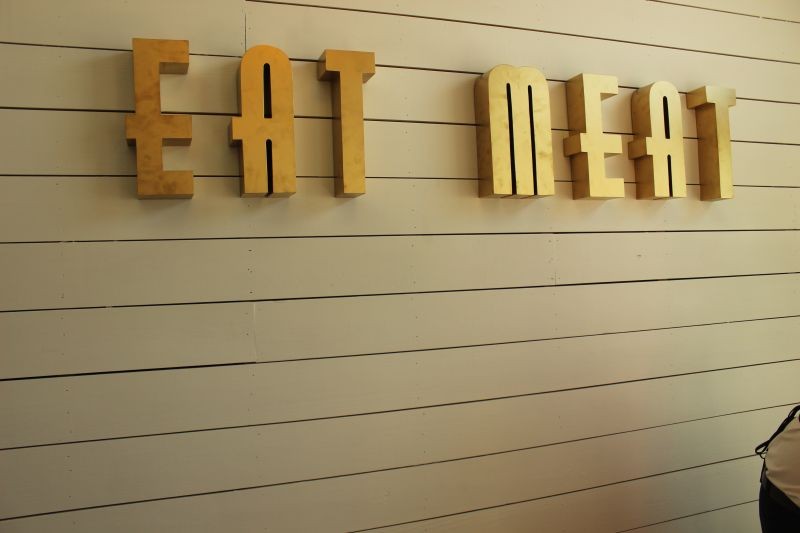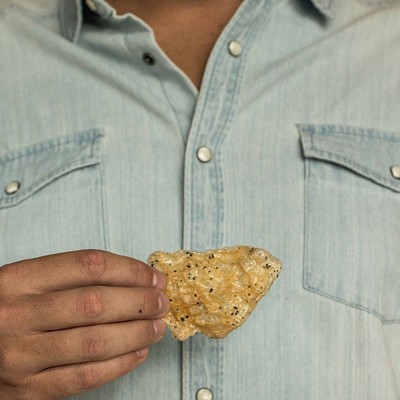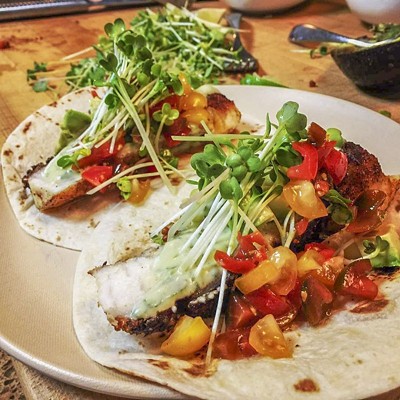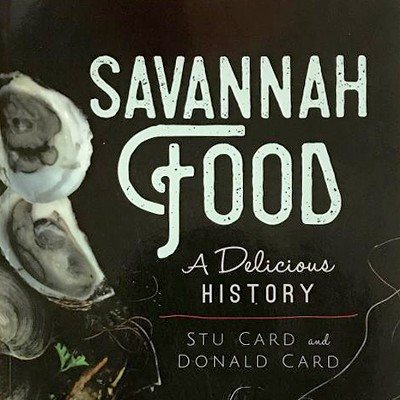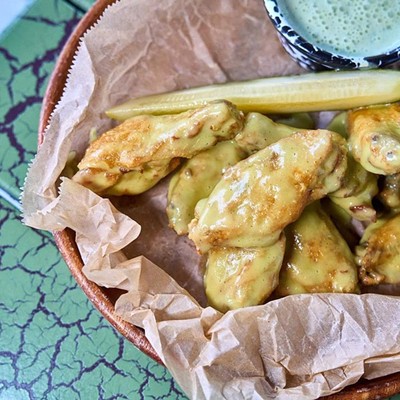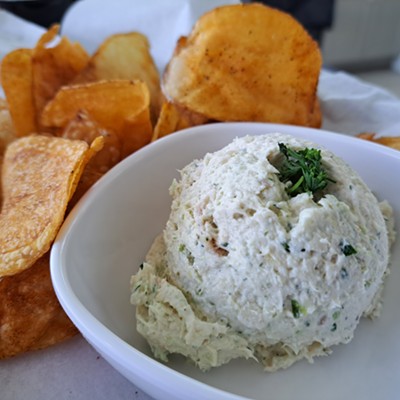THIS IS going to seem like a love letter to Smith Bros. Butcher Shop. I’m good with that.
For my wife’s 47th birthday I bought from them a hand cut dry aged porterhouse steak. I knew it was going to be good, it looked great. What I didn’t know was that it was going to be the best steak I had ever had!
Why am I telling you about this and why should you care? Simple, I want you to go and buy from them their dry aged beef, find out that it’s worth every penny, keep buying it so they will keep doing it and I will be assured of a steady supply of delicious meat.
If it’s that good, why would they stop doing it? I hear you ask. For the same reason why most places don’t dry age their beef; time, space and waste.
Here’s the thing: You bring in whole portions of short loin, New York strip, or rib eye beef. Good, all flavorful cuts of beef but also expensive.
Odds are they are not going to be just any beef but Prime grade beef. This is key, as the grading system pertains to the fat distribution in the muscle.
Remember, fat is flavor. That’s why you buy 80/20 ground chuck for your hamburger. If the fat isn’t distributed in the right way, the flavor fades and just becomes greasy.
All protein going into the American food chain is inspected so you don’t end up with tainted meat. The health department is there to keep you from being sick but they are not interested in it tasting good.
In the beef world, there is an additional inspector that the packer can employ to grade the carcass. The top four are Prime, Choice, Select, and Standard. The grading costs money and of course the savings is passed on to you, the consumer.
Hint, if you have ever eaten at a $9.95 all you can eat prime rib dinner, the meat was not Prime. Standard and select grades are the normal grades in the average mega market. This is why a steak usually tastes better from a butcher shop or restaurant (they usually go for Choice ).
Prime is usually only found in the realms of steakhouses – which is not necessarily to say a restaurant with the word steakhouse in its name. If it’s called The Steakhouse Factory, TGISteakhouse, or Aussies’s Steakhouse and has the McSteak on its menu, odds are, it’s not a Prime steak.
Real steakhouses bring in Prime cuts of beef and put them into a “Green Room” with regulated temp, humidity and air flow for at least 21 days of aging, not in a Cryovac bag.
This is where the magic happens. The beef begins to dry out, the flavors intensify and the texture of the muscle softens.
Every steakhouse has their secret magic number they strive for to reach their signature taste and texture profile. During this process up to one-third of the original green weight is lost to evaporation, now factor in the loss of trimming when the steaks are cut, the three-plus weeks that they had to hold back this product to sell and the additional $3-5/lbs for Prime Graded beef.
From all this, I hope you’re getting why not everyone does this and why it’s so special.
Now, apart from the usual restaurant rigamarole, a steakhouse waiter is different, in that they are trained to ask questions, answer questions and inform the dinner. This is to say that they will ask you what cut of steak you want but also tell you where that steak comes from and its qualities.
They will ask you the done-ness you wish it cooked and then describe what that steak will be like cooked to that degree. They want you to be happy with your choice, while at other restaurants the waiter not knowing or caring, jots down medium rare to the kitchen.
The kitchen cooks it to their whim and/or personal interpretation of the instruction. The customer receives said steak and judges the result according to their own mysterious criteria however right or wrong that might be. It’s very frustrating as a cook to be told that the customer wants their filet Medium Rare only to see it come back.
OK, mistakes happen. Fire off another. Same thing happens.
Through a painful game of 20 questions between the waiter and the now unappeasable guest, you find out they wanted it Well Done yet ordered it Medium Rare for whatever reason.
So, what to get? At Smith Bros, they are currently dry aging the short loin and the New York Strip. The short loin is where you get the T-Bone and the porterhouse.
Both of them are a two muscle group with a T shaped bone separating the cuts. The smaller, rounder side is the tenderloin where you get the filet mignon. The larger side is the New York.
The porterhouse comes from the larger “Head” portion of the filet while the T-bone is cut from the smaller “Tail” portion of the filet section.
As for seasoning, take it from the pros; a generous sprinkling of kosher or sea salt and same again with some fresh ground black pepper. A drizzle of clarified butter (for that true cow on cow steakhouse action) or olive oil and you are off to the grill.
As to done-nessm that’s up to you and the thickness of the steak. What you will want to do is pull your steak out and let it come up to room temp. This will help the steak cook more evenly and maintain its tenderness.
The grill must be hot enough to sear a brown crust on the surface of both sides of the steak, toasting the black pepper as it goes. Lastly, allow the steak time to rest.
Keep in mind that this is a muscle. Muscles get tense when they are stressed, like putting it on a hot grill. The stress is even more extreme when it goes right from the fridge to the grill.
Finally, after tasting this bounty, you’ll be glad to give Uncle Bob that bottle of steak sauce you have for no reason. It’s the only thing to kill the taste of lighter fluid on those hockey pucks he calls steak.

